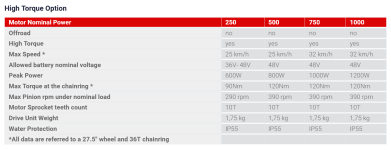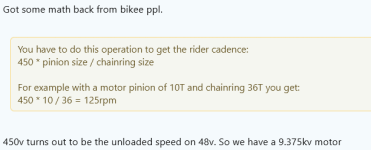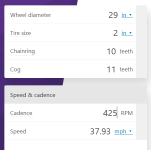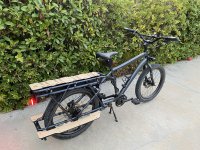I have seen these pictures but will not share them out of interest of keeping the motor design outside the view of copycats for the manufacturer/designer. ( sorry )
This is a very well engineered kit and that motor looks super high quality with great heat shedding.
It has a smaller stator than Bafangs but easily double the pole count and therefore the torque will be higher and also the pitch of the sound will be higher.
Something constant about electric motor designs is that, the lower the RPM, the heavier, less efficient, but also quieter.
Human hearing is very strong in the 1000-8000hz range with a big peak at 3000hz and this motor is very likely loud not because it has a lot of sound energy but because it is in a high spot in our hearing range.
It's the same issue many geared motors have, especially if they don't have helical gears.
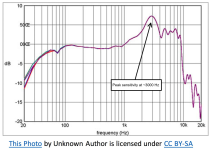
If we are running a sine/foc controller than we can expect the contribution of the motor to this sound is pretty low and the gears are the highest contributors to the sound energy.
This system has 2 gear reductions. The first stage is helical, the second looks straight cut and the interfacing is metal to metal.. so this is probably the loudest for sure.
Because this straight cut gear is bolted to the case, then this gear will transmit this extra sound through the case.
At least they made the highest RPM gear helical otherwise the gear noise would be unbearable.
The case is either magnesium or aluminum and these materials are great at conducing sound. The thinner, the better it is at conducting sound.
So are aluminum bikes, sound can transmit through the frame, the frame will act like a speaker. It won't amplify the sound, but give it more area to output the sound, increasing the distance and angles the sound can be heard from.
Here's some strategies for noise reduction i would consider trying.
General principle: use material to reduce the sound energy as close as possible to the source of that energy. It would be ideal to do this inside the case but it may be too hot inside to add rubber.
- I think some rubber or other 'damping' material, if applied on the case near the output shaft, and placed under slight tension could absorb a good % of the noise close to the source. Gluing the material may not work. A wire wrap would be a cheap/easy way to do this for an experiment.
- It may be possible to attach a damper or additional damper to the 2nd gear reduction's main gear. This is the best place you could absorb this noise!
- More drastic: you could possibly put soundproofing material on half of the motor case ( where the output gear is ) and then add heatsinks on the opposite side to counteract the loss of air cooling and also concentrate the heat away from your soundproofing material ( rubber? ) which can be damaged from high heat.
- You could design some metal piece that covers the motor and is lined with sound deadening material. This would work, but there has to be a nice airflow to the motor still.
- Re-engineer the gear itself for these attributes: How to reduce Gear Noise | KHK Gears
Sound damping material, if applied correctly, should be very effective in the frequency range this motor produces.



